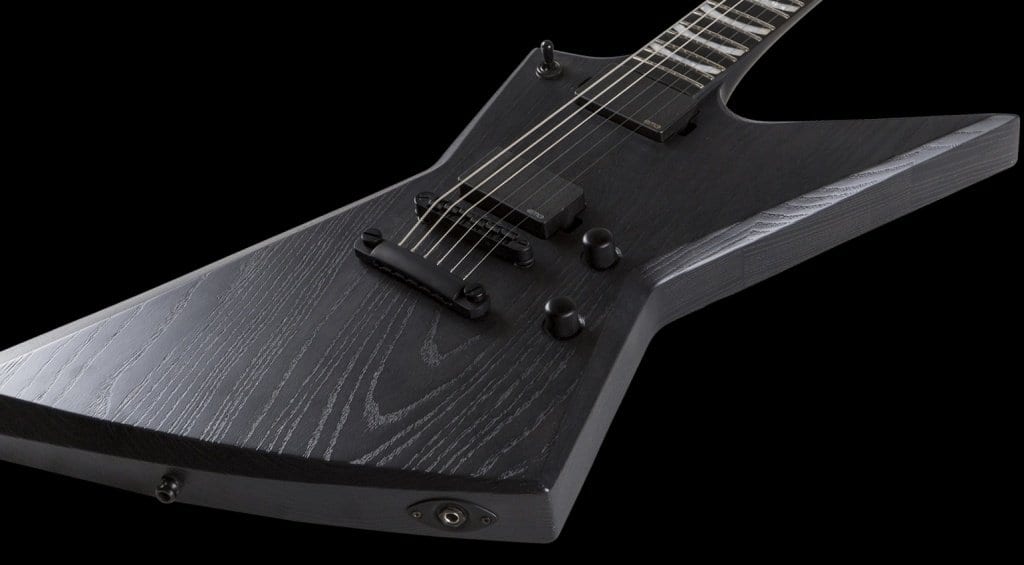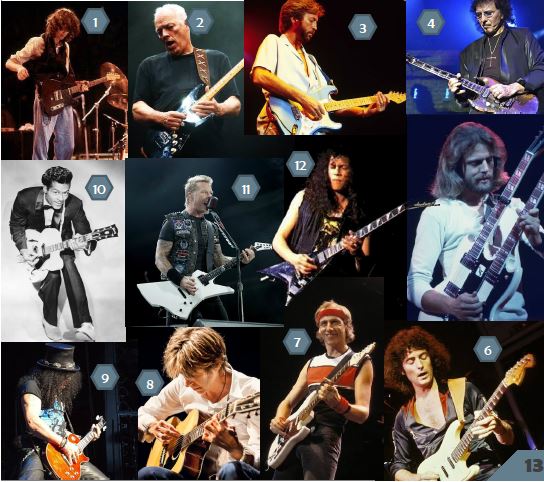
I Wonder How...does a guitar work
I Wonder How...

938 views
0 likes
You will need to sign in before you can comment or like.
A guitar, as most of us know, is a six stringed instrument with a fretted neck which players press down at specific points (thus shortening the length of the string, increasing its frequency) to produce various notes of different pitches. The other hand plucks the strings with either a flat triangular plastic plectrum or with the fingers. Structure and Functioning There are chiefly two types of guitars - electric and acoustic (bass guitars are often grouped under the former). The guitar neck has segments called frets separated by thin metal strips (bars) that firm the pressed strings to the neck. There are machine heads at the headstock that help tune individual strings by adjusting tension. Strap buttons at either ends of the body are present to fix a leather strap for playing in standing position.An acoustic simply amplifies the string vibrations by its hollow body. A sound hole allows the sound to enter, resonate, and exit the body. An electric guitar is mainly thin, and has solid body along with various other components. An electric guitar has one or more pickups which are basically electromagnets with thousands of coils of thin speaker like metal boxes present at rock concerts), which is a combination of a guitarwire.
The pickups partially magnetize the strings, strumming which disrupts the magnetic field, inducing electric currents into the wires (the principle of electromagnetism, as observed in the case of dynamos). The electric currents, too weak to power a loudspeaker, go through an amp (the large speaker like metal boxes present at rock concerts), which is a combination of a guitar and a loudspeaker. An amplifier increases the current, while the loudspeaker converts the electric signals to sound. Sometimes, the pickups may catch stray and unwanted electric signals. A humbucking pickup (which has two attached coils of opposite polarity) helps minimize this.
Electromagnetic noise is directed from one pickup towards the other and vice-versa, thus cancelling out the noise. Also, the combined inductance of both coils results in a more powerful and heavier tone. Fender guitars are iconic for their notable single coils and Gibson for their humbucker guitars. Pickup selecting switches are present in guitars with multiple pickups, for example a double pickup guitar (as in the cover picture) has three way switches, three pickup guitars have five way switches. Proposed by George Beauchamp and improved by Leo Fender, the electric guitar revolutionized the music world and now form an important part of almost any concert. Some guitars also have a vibrato arm, a metal handle that guitarists use to purposely distort sound by moving the bridge of the guitar. Other external effects can be achieved by means of stomp boxes featuring distortion, reverb, delay, chorus, fuzz and so on. A guitar is much more than just pressing plucking and plucking with fingers.
Guitar playing involves various articulations, present to make sounds more appalling and connected. String bends, hammer-ons, pull-offs, legato, slides, vibratos, palm mutes, harmonics, taps, volume swells, dive bombs; alternate, tremolo or sweep picking in the picking hand and alternate tunings are some of the commonly used techniques. Over these years, guitars have developed all sorts of amazing and crazy modifications and customizations, like left hand guitars, twelve string guitars, double neck guitars, flaming guitars, screaming guitars just to name a few. (A very famous fuzz guitarist is missing below, find out who it is.)
Find out who these famous guitarists are and what popular guitar are they playing.
A surprise prize from us awaits you!

Comments